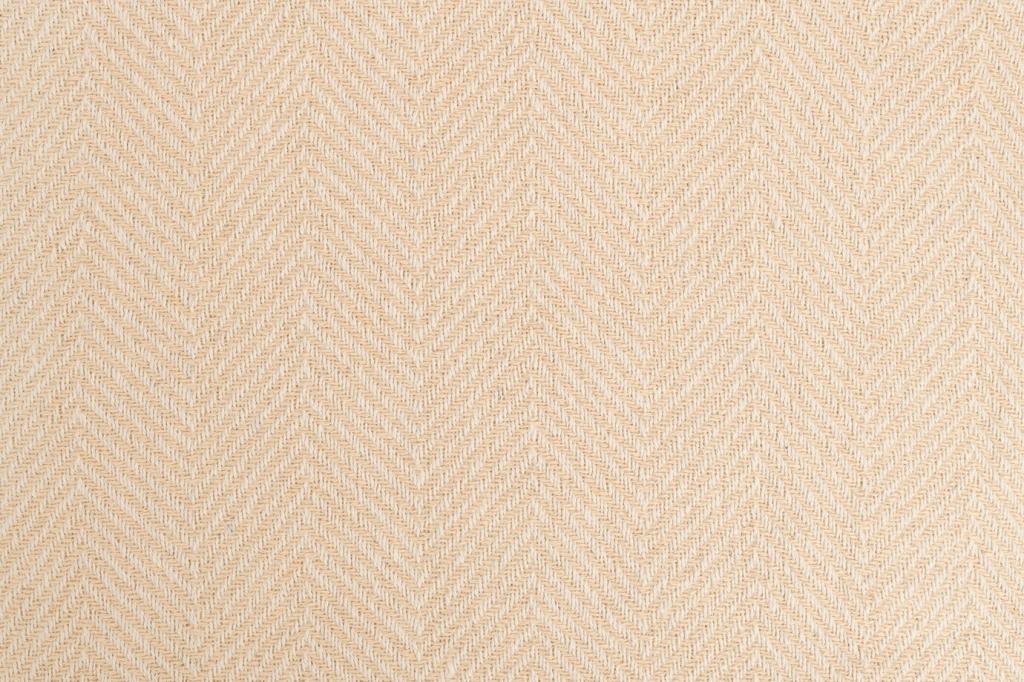Low-Impact Landscaping: Trends and Techniques
Today’s selected theme: Low-Impact Landscaping: Trends and Techniques. Discover gentle, future-ready ways to shape outdoor spaces that conserve water, restore habitat, and invite quiet beauty—while inspiring you to share, subscribe, and grow alongside a vibrant, eco-minded community.



Why Low-Impact Landscaping Matters Now
In one summer, a neighbor swapped thirsty turf for native perennials, cutting irrigation by half while keeping color through heat waves. Multiply that by a block, and suddenly a whole street breathes easier in August.
Why Low-Impact Landscaping Matters Now
A child’s joy at spotting monarch caterpillars on milkweed turns into stewardship for life. When we plant host species and layered habitats, birds, butterflies, and beneficial insects return—transforming yards into living classrooms.
Designing With Natives and Habitat Layers
Observe sun, shade, wind, and roof runoff. Hot, reflective corners love drought-tough natives; soggy downspouts welcome sedges. Share your site notes in the comments, and we’ll suggest regionally appropriate plant communities in future posts.
Water-Wise Systems: Rain Gardens, Permeable Paths, and Drip
Size your basin to roof area, choose deep-rooted natives, and use a mulch that resists float. A reader transformed a muddy corner into a blooming sponge, capturing thousands of gallons each year. Ask questions; we’ll help you start.
Water-Wise Systems: Rain Gardens, Permeable Paths, and Drip
Gravel grids, permeable pavers, and spaced flagstone keep paths elegant while infiltrating stormwater. A driveway reimagined this way ends puddles, reduces heat, and looks refined. Comment with photos of areas you hope to retrofit.





Lawn Alternatives: Microclover, Meadows, and Groundcovers
Microclover stays lush, self-fertilizes, and tolerates moderate foot traffic. A retiree reported fewer weeds and fewer mows, with gentle flowers for pollinators. Considering a trial patch? Comment with your zone and we’ll suggest blends.
Lawn Alternatives: Microclover, Meadows, and Groundcovers
Choose region-specific seed, suppress existing turf, and mow high only once or twice yearly. The first spring brings bees; year two brings fireworks of color. Share your meadow timeline to inspire new gardeners.


Quiet Care: Electric Tools, Tool-Sharing, and Simple Routines
Battery tools that hum, not roar
Modern electric mowers and trimmers reduce noise and emissions while handling everyday tasks. A cul-de-sac swapped to shared chargers and cut Sunday noise dramatically. Tell us which tools you’re considering; we’ll compare real-world runtimes.
Tool libraries and cooperative care
A small shed with labeled, communal gear reduces clutter and cost. One block’s monthly work party pruned, mulched, and chatted into friendships. Comment if you want our starter kit for organizing a neighborhood tool share.
Seasonal rhythms that protect wildlife
Delay cutting hollow stems until spring warmth returns; leave leaf piles where overwintering insects rest. These choices nurture life cycles. Subscribe for our wildlife-safe calendar synced to phenology, not just dates.
Native container guilds that thrive
Pair a compact shrub with perennial nectar plants and a trailing groundcover. Use lightweight, water-holding soil and drip on a timer. Share your balcony conditions, and we’ll suggest drought-tolerant groupings by exposure.
Pocket rain gardens where puddles linger
In a small courtyard, a shallow basin filled with sedges solved shoe-soaking puddles and invited dragonflies. Add a discreet overflow. Comment with your available space; we’ll help you size a pocket basin confidently.
Wildlife-friendly lighting and windows
Warm, shielded lights protect nocturnal insects and migrating birds. Window decals reduce collisions where feeders hang. Subscribe to receive our quick retrofit checklist and a buyer’s guide for low-glare fixtures suited to patios.
